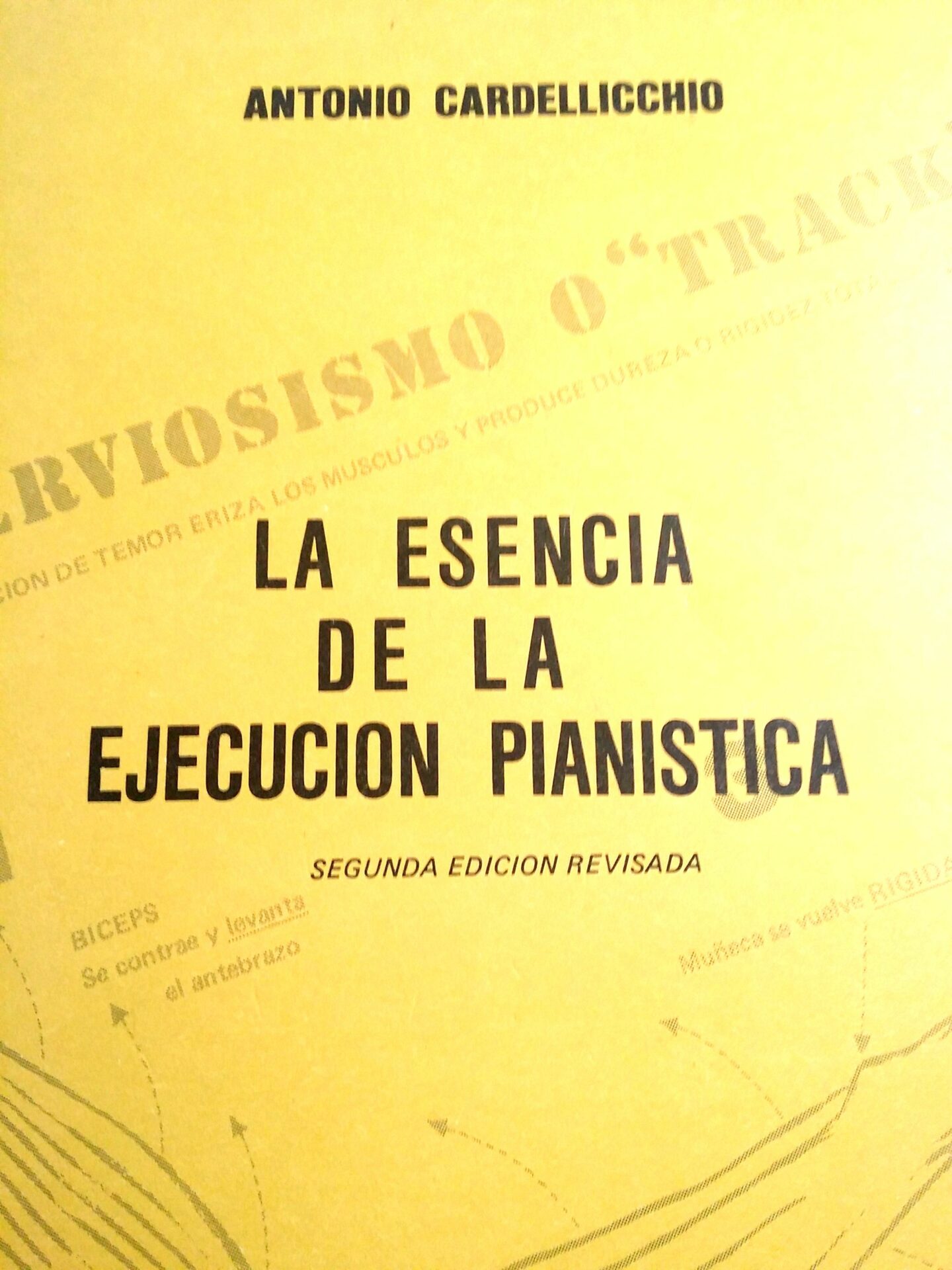“Escence of the pianistic execution” , according to Vicente Scaramuzza. Ch. 1 S. 2
The hand should be self supported by the fingers at all times so the knuckles don’t give in. In this way we will be giving full mobility to the fingers to action from their origins (the knuckles). In order to favour this mechanics is that we are going to ensure we create an imaginary bow shape between the thumb and index fingers. This shape is supported by the extensor muscles the same that support the bow shape in each individual finger.
The third feeling we need to incorporate is the one involving the fingers articulating energetically and attacking the keys without the help of the forearm. The will develop a grip based on their fingertips as the main contact surface with the keys. The fingers will always attack using a prehensile movement. The main action device will be the proximal phalanges (the closest finger articulation to the metacarpus) and never the middle or the distal ones. The contact surface should never be the fingernail, with exception of the thumb where we don’t have any other choice.
The thumb will stay always close to the black keys so it can be actioned without having to reset the hand position. All unnecessary side “re-positioning” will be avoided at all times.
It is very common amongst students to play closer to the end of the white keys when having to use fingers 2,3,4 and 5 leaving the thumb out of the keyboard. This attitude leads to having to reposition the hand every time we need to use finger 1 on the black keys. It is evident the waste of time produced by the constant re-positioning of the hand derived from this attitude and also its detrimental effect on the passage regularity and precision, particularly if it is a fast one. On the contrary, If we leave the thumb permanently close to the black keys (to the inner side of the keyboard), with the hand resting on the keys and the other fingers closer to the beginning of the keys, we will certainly succeed in avoiding a lot of unnecessary hand re-positioning. It might be torturous at the beginning but soon after we internalize the reflection we will see how the weight of the arm will sit comfortably on the wrist. With this purpose is that we will pay a lot of attention to our position in relation to the instrument so we facilitate this overall hand/arm insertion.



